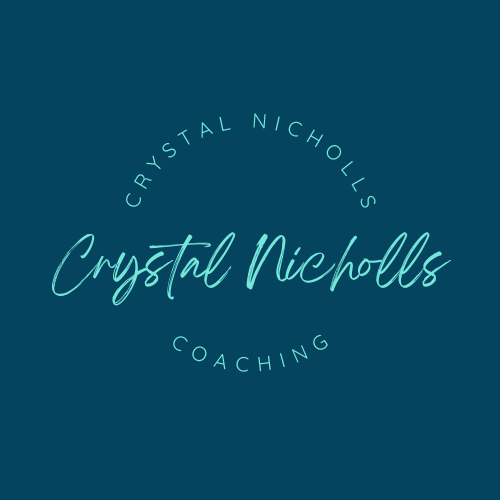How Heart-Centred Living Can Improve Your Life
Are you feeling exhausted and overwhelmed?
If so, you are not alone. Surviving a global pandemic has stirred up feelings of loneliness, separation, and anxiety. More and more of us are looking for a way to remedy these feelings, and feel more connected and alive. One way we can do this is by rediscovering the power and wisdom of the heart–something the mystics knew all along.
Although ancient cultures like the Chinese and Egyptians have known for thousands of years the power of the heart, science is now catching up and confirming that sayings such as “follow your heart” and “listen to your heart” aren’t just pretty metaphors designed to make us feel good–they are actually scientifically accurate. Scientific research from HeartMath Institute is confirming that the heart isn’t just an organ that pumps blood throughout the body, but also has its own unique nervous system called the heart brain, which is in constant communication with the head brain. This means that the heart is actually an information processing centre in the body, sending important signals to the brain and the rest of the body.
The heart and brain communication is bidirectional
While scientists used to believe that the brain communicated with the heart and not the other way around, science is now confirming that communication between the head and heart is bidirectional–it is a dynamic, two-way communication. Research has shown that the heart communicates with the brain in four ways–neurologically (through nerve impulses), biochemically (via hormones and neurotransmitters), biophysically (through pressure waves) and energetically (through electromagnetic field interactions). Remarkably, the bioelectricity produced by the heart goes to every cell in the body and produces an electromagnetic field that is measurable up to about 3 feet outside the body.
Resilience and emotional regulation
The heart is responsible for some of our highest emotions–love, appreciation, kindness, empathy, and care. These emotions determine what we care about and how we show up in the world. Our emotions are also connected to our state of resilience at any moment, as they affect our ability to self-regulate and bounce back in hard times. By learning how to tap into our heart’s intelligence, we can learn to better regulate our emotions and become more resilient.
Enhanced cognition
Neuroscientists have discovered that the heart sends signals to the amygdala–the emotional processing centre of the brain–and the hypothalamus–responsible for synchronising our cortical functions. This means that bringing our heart, mind and emotions into alignment can give us access to greater wisdom, intuition, creativity, listening ability, mental clarity, and better decision-making. When the mind and emotions are in sync, we make decisions that are aligned with our core values and feel more self-secure.
Heart coherence
Coherence is the alignment between heart, mind, and emotions. The feelings we label as positive reflect a coherent state, while the emotions we label as negative reflect a negative coherent state. Higher coherence is a healthy state that regenerates and balances us. This state can be tracked by measuring heart rate variability (HRV), which is a measure of the variation in time between each heartbeat. This can be tracked on an EKG, or the many HRV tracking apps now available.
The higher your HRV, the higher your coherence. The lower your HRV, the lower your coherence. Higher coherence is associated with greater memory, focus, improved reaction times, better decision-making, and positive emotions. If you wear a heart rate variability tracker long enough, you will realise that you are not at the whim of your emotions or nervous system. You can deliberately and consciously regulate your emotions by using the quick coherence technique to put you in a state of coherence.
Quick coherence technique
Heart-focused breathing–bring your attention and awareness to your heart, to the centre of your chest. Imagine your breath is flowing in and out of your heart or chest area, breathing a little slower and deeper than usual. Find an easy rhythm that’s comfortable.
Activate a positive, renewing feeling–perhaps you can re-experience a time you felt love or appreciation for a person, pet, a moment in nature or an accomplishment, or just breathe in an attitude of love or gratitude.
When to practice quick coherence technique
This technique takes about 2 minutes and can be done anytime, anywhere. You can do it in the morning to set your intention for the day, or whenever you are feeling depleted, frustrated, angry or disappointed. You can also do this before or after a tough conversation, or before or after making a big decision. The bottom line is, use this technique to refill your tank. Pay attention to how you feel throughout the day, and when you are feeling depleted, it’s time to get into coherence.
The bottom line
Heart coherence teaches us that we are not victims of our emotional state–we can take control and decide at any moment what emotions we want to experience. Higher coherence gives us access to greater wisdom, clarity and focus, which can help us make better decisions. It also helps us to reduce stress by tapping into emotions like love and appreciation. Try this technique consistently for 6 weeks and you will start to see the benefits unfold.

